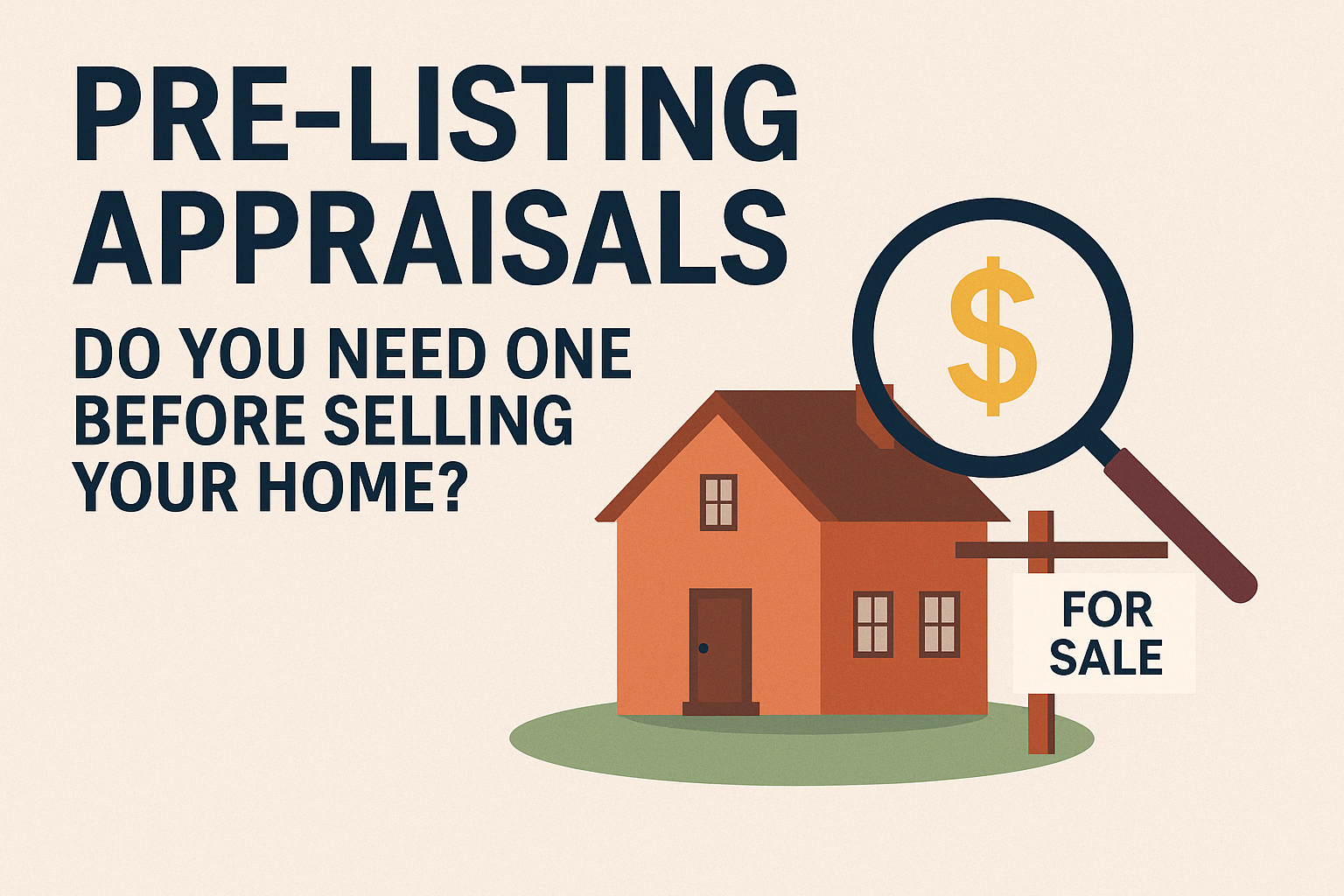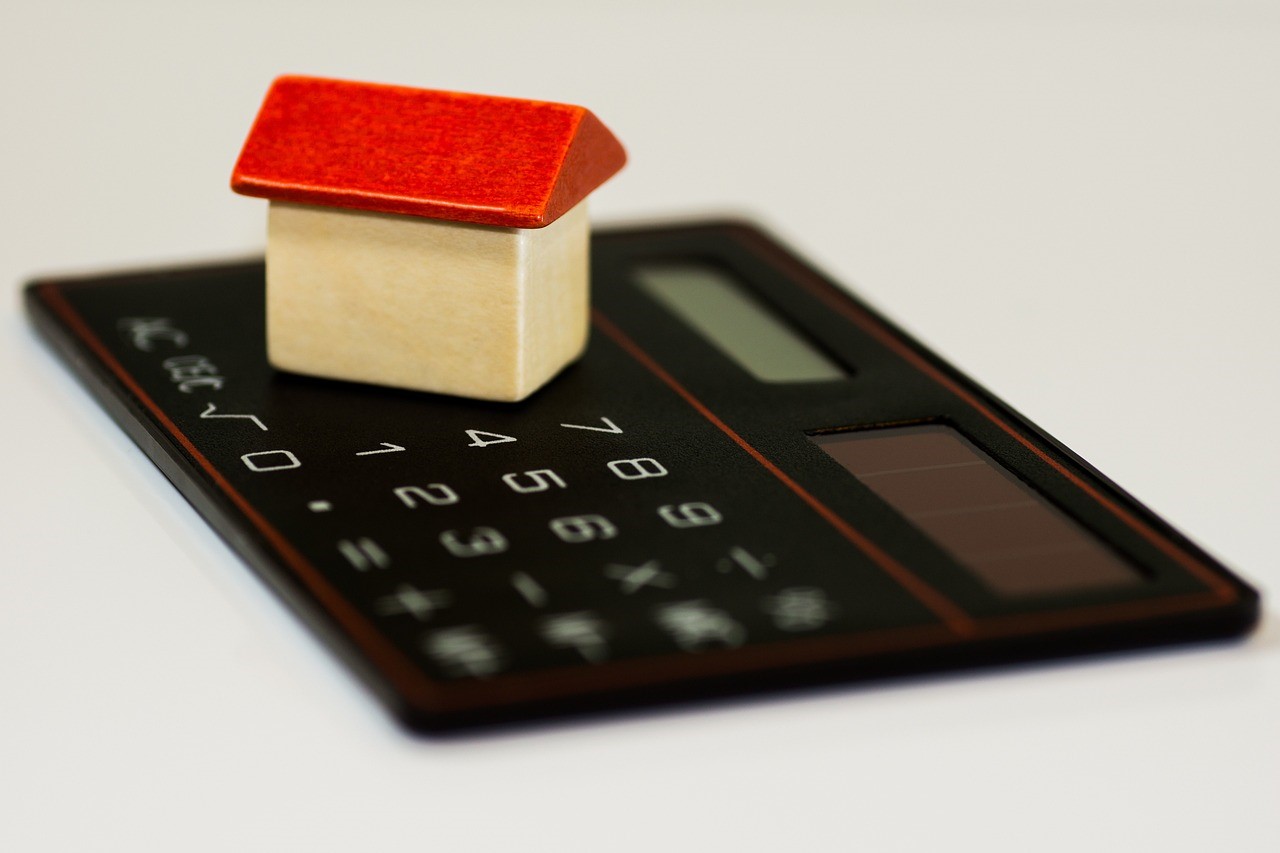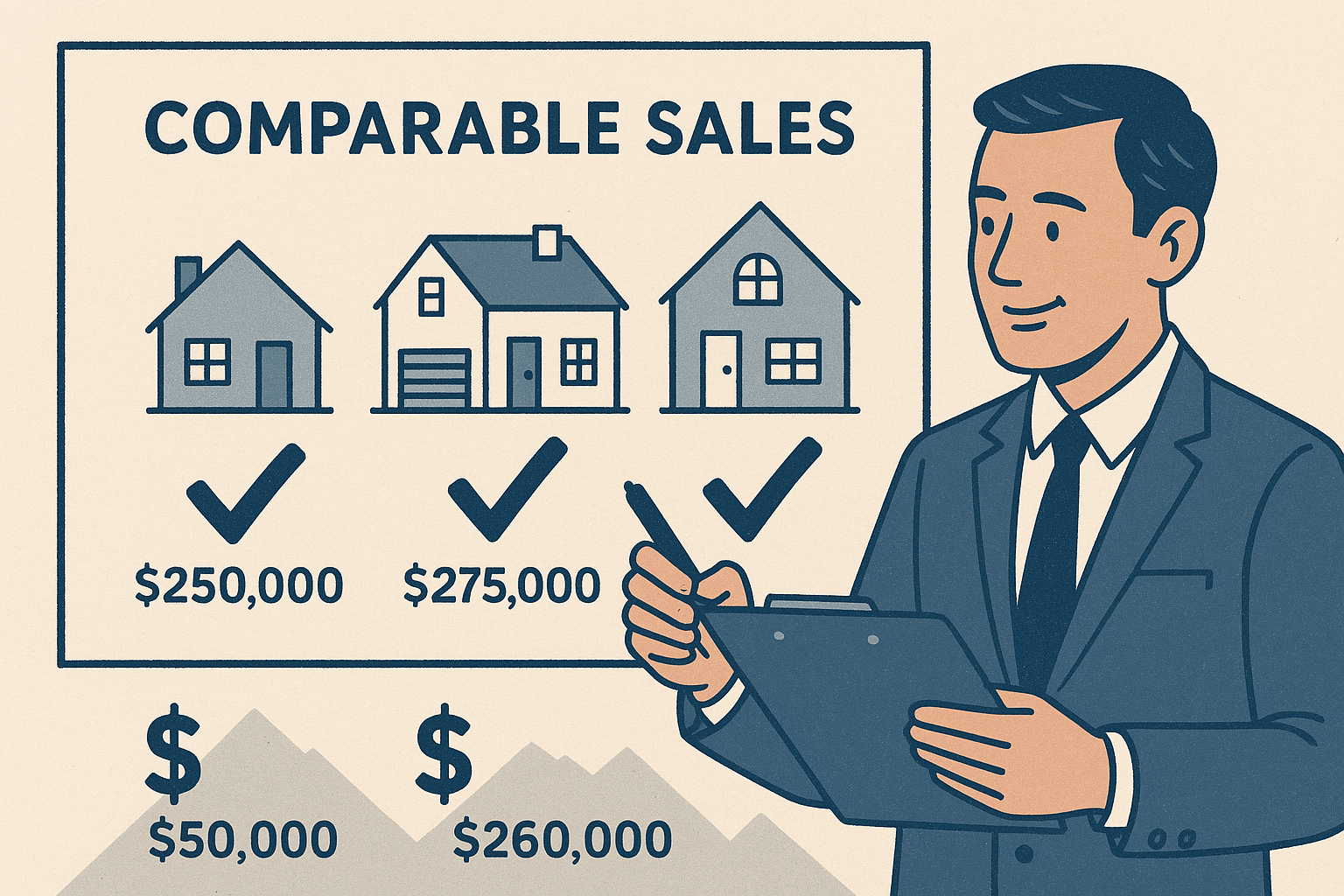The Appraisal Blog
NoCo Valuations Featured in Redfin’s Latest Article on Pre-Listing Appraisals
We’re excited to share that NoCo Valuations was recently featured in a national article by Redfin, one of the country’s leading real estate platforms.
The article, titled “Pre-Listing Appraisals: Do You Need One Before Selling Your Home?”, highlights insights from real estate professionals across the U.S.—and we were proud to provide our expert take on how a pre-listing appraisal can benefit home sellers in today’s market.
Here’s what we shared:
“A pre-listing appraisal provides confidence to the seller and listing agent. We typically receive engagements for pre-listing appraisals when the seller is using a flat fee listing service, when the property is unique, is being sold by owner, or when the seller and listing agent can’t quite agree on a listing price. A pre-listing appraisal may be especially helpful in markets with excess inventory.”
— Rick Roorda, SRA | NoCo Valuations
You can read the full article here: Pre-listing Appraisal: Should You Get One Before Selling Your Home?
If you’re considering selling your home and want to be fully prepared, contact us today for a pre-listing appraisal tailored to your property and market. Get your free quote here!
Do you consider seller concessions when pricing your listing?
Appraisers will typically adjust seller concessions of comparable sales downward by the concession amount to reflect cash to seller.
Seller concessions are typical right now with the higher interest rates. The definition of market value includes:
(4) payment is made in terms of cash in U.S. dollars or in terms of financial arrangements comparable thereto; and
(5) the price represents the normal consideration for the for the property sold unaffected by special or creative financing or sales concessions* granted by anyone associated with the sale.
“No adjustments are necessary for those costs which are normally paid by sellers as a result of tradition or law in a market area…”
Appraising Unique Properties
Unique properties pose challenges for both agents and appraisers. A property may be deemed unique for various reasons:
It may be larger or occupy a bigger lot than is typical for the area.
Its condition or finishes might be significantly superior or inferior compared to local norms.
It could include special features such as green buildings, extensive equestrian facilities, or other amenities that are rare in the area.
Listing agents and appraisers often have to search extensively and beyond typical boundaries to find comparable sales. Identifying comparable sales is challenging due to their scarcity. Our mission is to identify the most likely substitute for the subject property.
The sales comparison approach has its weaknesses. The lack of comparable sales and the significant differences between the most likely substitutes for the subject can result in large net/gross adjustments, which are not ideal. Appraisers increasingly rely on the cost approach in addition to the sales comparison approach for unique properties. The cost approach involves estimating the cost to replace the improvements made to the property with those of similar utility and then subtracting any depreciation. This method is often used when sales comparison data is weak.
How do you approach valuing unique properties in your market?
Comparable Sales – How to Identify the Most Likely Substitutes for the Home Being Valued
The objective of the Sales Comparison Approach is to formulate an opinion of value based on the recent sales of properties of similar use, size, locational influences, and other factors that affect value. This approach makes the most direct use of the Principle of Substitution.
The three key factors are location, size, and style. In a changing market, recent sales are particularly important.
After searching by location, size, and style, I use the results to identify the most likely substitutes for the home being valued. Sometimes, lot size, view, condition, or other characteristics of the subject property are used to finalize the most likely substitutes.
Feel free to ask any questions!
Reconsideration of Value (ROV) – challenging an appraisal
If you disagree with the appraiser’s opinion of value, you may challenge the value. For private appraisals, simply contact the appraiser.
For appraisals for lending purposes, contact the lender for advice on how to submit a reconsideration of value. The GSE’s have newer procedures for borrower-initiated reconsiderations of value.
For the reconsideration of value, you will want to identify any factual errors identified in the appraisal, along with sales the appraiser did not consider, that you believe are likely substitutes for the subject property.
2-4 Unit Appraisals
Valuing 2-4 unit properties is a little different. Bedroom count typically drives rent, and income is a main driver of value for income properties. For comparable sales I typically search the MLS by unit count. Using the results I focus on location, bedroom count, actual age, effective age, and condition. Adjusted sales prices ranges are typically wider than that for a single family home. Thus, for the sales comparison approach, appraisers reconcile adjusted sales prices by:
Per Unit
Per Room
Per Bedroom
Per gross building area
I typically give the most weigh to per bedroom given bedroom count drives rent.
For the income approach, rental comparables are identified along with other rentals with similar bedroom count and condition to develop an opinion of market rent. Opinion of market rent is then multiplied a gross rent multiplier (GRM) that is extracted from the market by sales of similar properties. GRM=Sales price/Gross rent.
In a recent appraisal I completed for a duplex I analyzed 23 sales that reconciled to a GRM of 171 and market rent of $3,150 resulting in an indicated value by the income approach at $538,000.
Valuation of Solar
Valuation of Solar
I was recently asked about valuation of solar, so I thought I would post about a tool I use for “owned solar” that you can use as well.
Many of you may already use it, but for those that don’t, it is www.pvvalue.com
This is a great tool and Realtors may sign up for it.
As you know, most lenders will not allow value for solar panels that are leased or financed separately of the home. Leased or financed solar panels are consider personal property.
Choosing Comparable Sales
Choosing comparable sales:
I am often asked my process in identifying and choosing comparable sales for use in the sales comparison approach. I am sure my process is similar to yours.
The objective of the Sales Comparison Approach is to formulate an opinion of value based on the recent sales of properties of similar use, size, location influences and other factors that have an influence on value and makes the most direct use of the Principle of Substitution.
First, I identify a define a neighborhood in which the subject property would compete.
Using the multiple listing service, I search to sales within the neighborhood withing approximately 25 percent of above ground square feet, and similar style. Given the slowdown in sales, I typically go back two years.
Using the results from the search, if there are enough sales, I focus on recent sales, location, similar in size, actual age, effective age and condition.
Due to lack of data, sometimes dated sales or distant comparable sales are necessary.
Divi Real Estate
There are many variations of passages of Lorem Ipsum available, but the majority have suffered alteration in some form, by injected humour
Contact
(923)-234-6788
Offices
4254 Divi St. San Francisco, CA
2354 Extra Blvd. San Jose, CA









